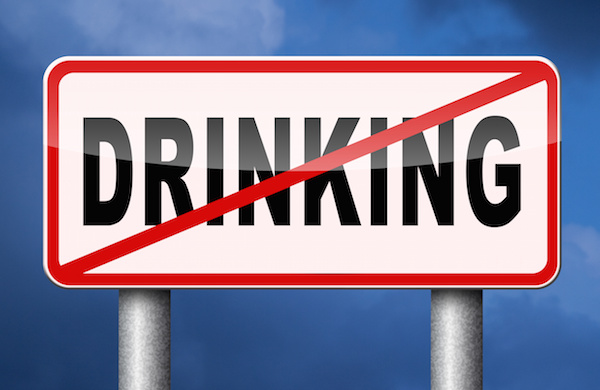
WEDNESDAY, July 11 (HealthDay News) — Drinking one or two alcoholic beverages several times a week may improve the bone health of older women and reduce their risk for osteoporosis, a small study suggests.
Bones are living tissue with old bone continually removed and replaced in a process called remodeling. In people with the bone-thinning disease osteoporosis, more bone is lost than replaced. Postmenopausal women are at particular risk because of reduced estrogen, a hormone essential for bone strength, the researchers explained.
“This study clearly demonstrates that even small amounts of alcohol have potent actions and can rapidly impact bone metabolism,” said lead researcher Urszula Iwaniec, an associate professor in the College of Public Health and Human Sciences at Oregon State University.
As part of a healthy lifestyle, “moderate alcohol may slow bone loss by lowering bone turnover,” she said. That means it may lower the risk for osteoporosis, she explained.
“Reducing bone turnover, however, while beneficial to the aging skeleton, may be detrimental to young adults who are still building bone,” Iwaniec said.
Although alcohol abuse is a serious medical and public health problem, the effects of moderate drinking on health have not received a lot of attention, Iwaniec noted.
Roughly half of all U.S. women and one-fourth of men will break a bone because of osteoporosis, according to the U.S. National Institutes of Health, which provided partial funding for the study. Because prescription drugs aimed at preventing or treating osteoporosis are expensive and can create unpleasant side effects, it is important to identify lifestyle factors that protect the bones, the study authors said.
For the study, published in the July 11 online edition of Menopause, Iwaniec’s team followed 40 postmenopausal women, average age 56, who drank moderately and were not using hormone replacement therapy.
“Moderate” drinking was defined as one-half to two standard drinks a day — 8 to 10 grams of alcohol — in the year before the study’s start. In the United States, a standard drink is considered a 12-ounce beer, a 5-ounce glass of wine or 1.5 ounces of 80-proof liquor.
When the women stopped drinking for two weeks, the researchers found increased evidence in their blood of bone turnover, which is a risk factor for fractures resulting from osteoporosis.
In less than a day after the women resumed drinking, these markers of bone turnover returned to previous levels, the researchers found.
Previous studies have found moderate drinkers have higher bone density than nondrinkers or heavy drinkers, but the reasons why have been unclear.
It appears that alcohol acts like estrogen in reducing bone turnover, the researchers pointed out.
And the alcohol source doesn’t seem to matter, Iwaniec said. “Most of the women in our study were wine drinkers,” she said. “However, based on our data in rats, it is the alcohol that’s important.”
Whether this same effect would occur in men isn’t known, Iwaniec said. Also, the study doesn’t prove that moderate alcohol consumption wards off osteoporosis; it merely shows an association between the two.
Dr. Suzanne Steinbaum, director of women and heart disease at Lenox Hill Hospital in New York City, noted that the study is especially welcome in light of recent U.S. Preventive Services Task Force recommendations against taking calcium and vitamin D supplements to prevent osteoporosis.
“From that perspective, this finding is very interesting,” she said. “I am telling all of my postmenopausal women not to take calcium any more, and there is this panic about how do we help ourselves in preventing fractures and osteoporosis.”
This study shows that a couple of drinks might help not only in preventing heart disease, but in preventing osteoporosis, Steinbaum said.
“I do not recommend taking a calcium supplement, but I do recommend a healthy diet that is high in nutrients and calcium and also weight-bearing exercises and one to two glasses of wine a day, which I also recommend to prevent heart disease,” she said.
More information
For more information on osteoporosis, visit the U.S. National Library of Medicine.

